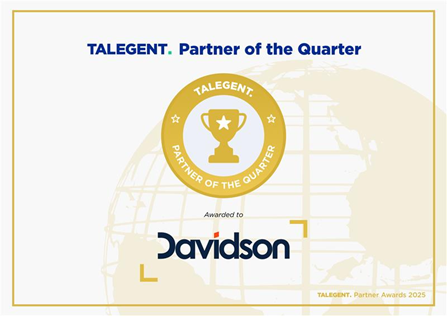Culture in the Boardroom
CULTURE IN THE BOARDROOM
I recently attended the Institute of Company Directors’ Governance Summit which attracted 1,500 Directors, executives, and consultants.
Given the recent Hayne Royal Commission Report on the Financial Services sectors, not surprisingly much of the focus was on governance and more so culture.
It was gratifying to see that the theme of many presentations was on culture and the need for Directors to see their understanding of their organisation’s culture as a key priority.
Interestingly ASIC recently commissioned Deputy Chairman, Daniel Crennan QC, to undertake a review of ASIC’s enforcement policies and as an indication where ASIC is now headed Crennan warned that Directors “will be subjected to reputational damage” if Boards fail to drive a culture of strict compliance with the law.
The consequence of not taking this approach is that shareholder value will diminish, and not having an aligned culture will impact the existence of a sustainable future in the longer term.
However, culture is more than just compliance.
Korn Ferry’s global survey on leadership in 2015 concluded that “organisations see the need to make a priority of culture to drive alignment, collaboration, and performance”. In fact, one of the key findings was that “driving culture change ranks among the top 3 global leadership priorities”.
Korn Ferry recently interviewed 13 business leaders who serve on boards or are CEOs of organisations in Australia to gain their insights on the strengths and weaknesses in organisational culture. The firm sought to understand where these leaders think responsibility for organisational culture belongs and how boards and executives can work together to ensure that the culture set at the top permeates throughout an organisation. “The Tone from the Top” February 2019.
In these interviews, the focus of the discussions was on the relationship between strategy and culture and how “fault lines can form” that allow toxic subcultures to exist. Of more importance was the need to achieve cultural alignment from the top.
In a recent report from PWC – “The Importance of Purpose in a Digital World” the key takeaways following PWC’s 20 th CEO survey were:
- Trust – or a lack of it – has emerged as a salient factor influencing the quality of the relationship between business and customer.
- 58% of global CEOs are worried that a lack of trust in their business would harm their company’s growth.
- To build and retain the trust of their customers, purpose-led businesses need to articulate and communicate their values through every customer experience.
We’re seeing a paradigm shift in the way organisations and individuals relate to each other.
To read more about this topic, read my white paper.
By David Reynolds, GM Client Development with Davidson Executive & Boards
Share this content





